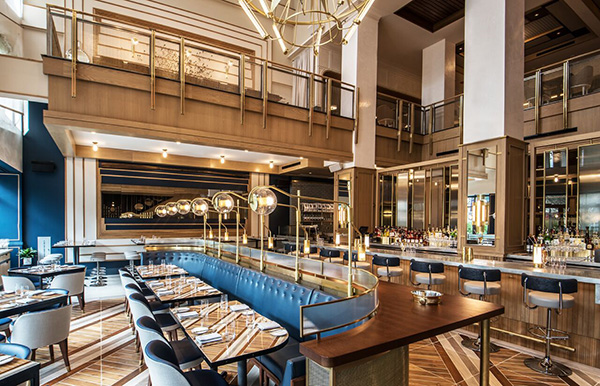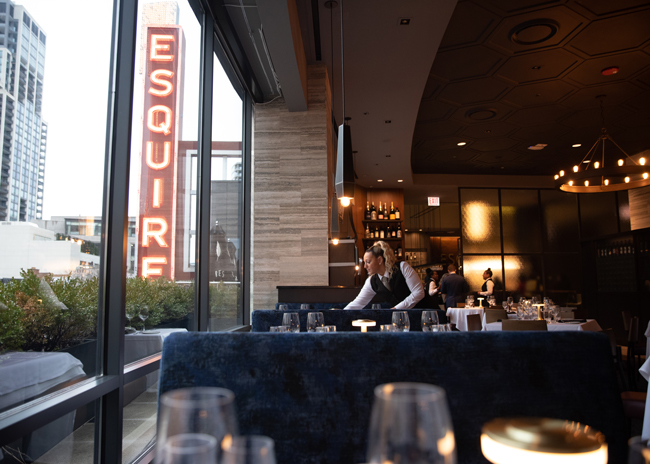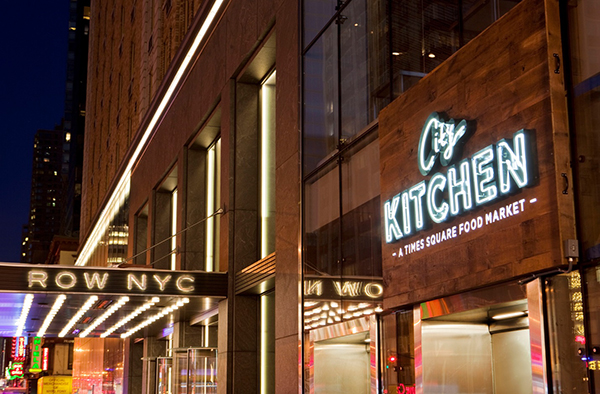
Equipment is such a critical component of any restaurant, and operators need to weigh all sides before making a decision.
If you have an equipment vendor, my number one recommendation is to make them show you every specific piece they have and communicate the differences between the good, better and best options.
- When to consider buying new vs. used. We can’t talk about equipment without discussing previously-owned items. While some used pieces are appropriate for purchase, there are a few best practices operators should follow. Overall, incorporating secondhand appliances can be useful but consider the following guidelines:
- Never purchase used refrigeration or complex electronics. It is incredibly risky and can often be a big waste of money because of wear and tear. It’s better to purchase these items new with a strong warranty.
- When looking at factory refurbished or recalibrated basic gas-fired equipment, used items may be an option. However, make sure you undergo a due diligence process when testing and/or reviewing each piece of equipment.
- Used stainless steel prep tables or wire racks will have significant longevity if they were well maintained. These items hold up better than most and can withstand the test of time. This makes them a good option for purchase if buying from a former owner or restaurant.
- Understand your menu heroes. Know what you need for what you offer and then invest in high-quality, dependable pieces that are used to produce your core menu items. For example, if you’re a burger joint, you may not need the best oven, but you will need a great griddle or charbroiler. An advanced bun toaster may also be a worthy investment. If you’re serving fries, spend your money on high-quality filtering fryers and the best fry holding cabinet available. Those are your menu heroes and the quality of your equipment should reflect that. You’ve got to look at your good, better and best appliance options and determine what’s most appropriate for each item. It doesn’t make sense to invest in the best across the board. Additionally, advanced cooking technology may be more expensive, but it will have a direct relationship to food product quality and consistency without relying on specialty labor.
- Refrigeration systems. Owners should invest more in any refrigeration system that is under or near the hood. Keep in mind that your grill, charbroilers, ranges and ovens put off so much heat that a high-quality refrigeration system is required to combat it. You can shop for value with standard reach-in refrigerators but not on the cook line. For refrigerated equipment stands, work tops or prep units that are immediately adjacent to cooking equipment, we recommend using the best possible product because that is your workhorse. Whether you spend the money on the better or best depends on how much heat your cooking equipment is giving off. Go from there to determine the right system for your restaurant.
Interesting in reading more about kitchen design, equipment and menus?
You Want What? Balancing Menu Innovations and Kitchen Design
10 Kitchen Design Best Practices
Free Webcast: Kitchen Design Best Practices
Steve Starr, president of starrdesign in Charlotte, N.C., is a nationally recognized leader in restaurant and retail design. While his insight and expertise span the hospitality industry, his focus is on branding, consumer behavior and the development process.
Do you have a problem? Would you like three solutions?



